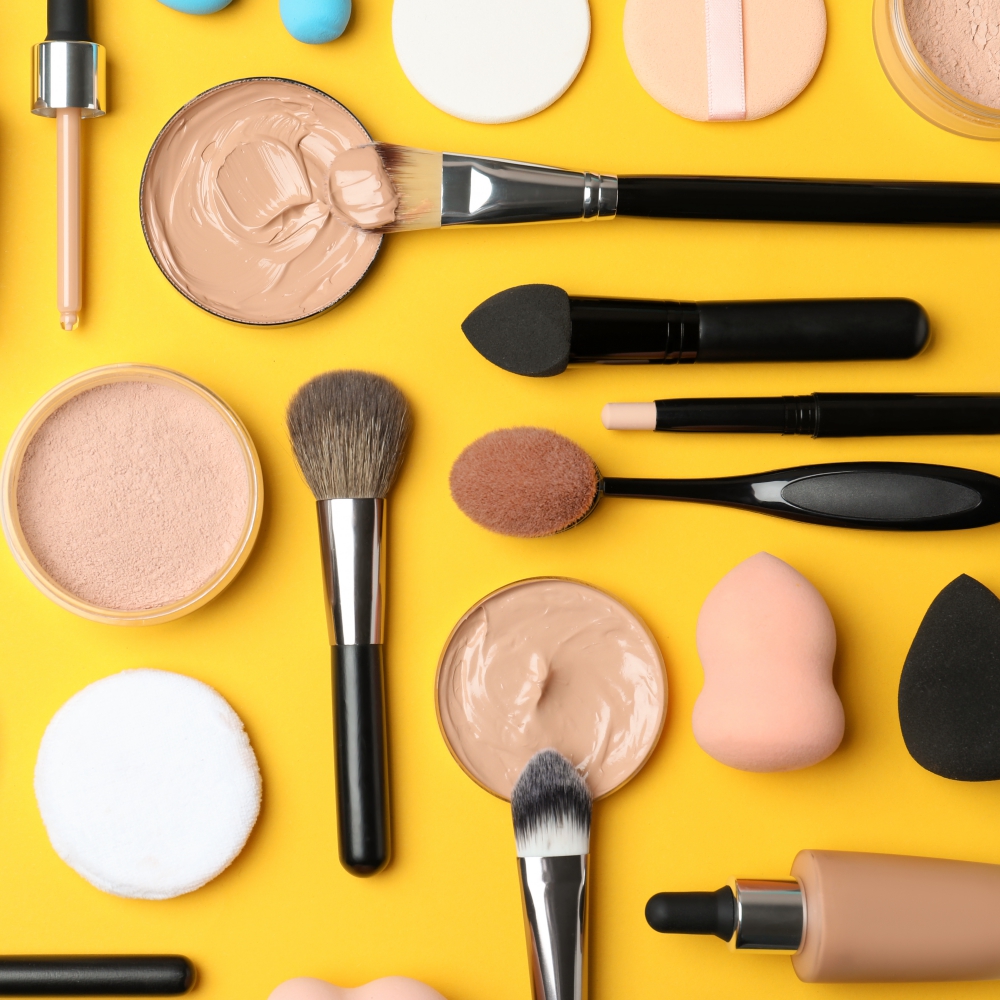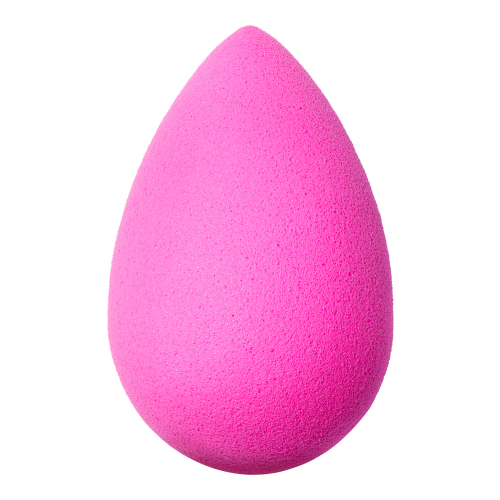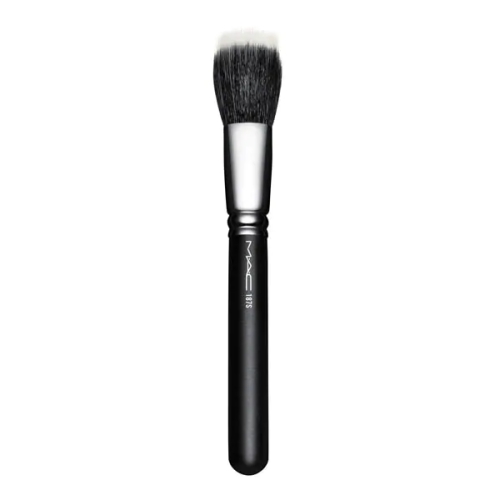Foundation Application: Sponge or Brush?
Foundation application doesn’t have to be time-consuming or difficult.
Choosing a quality tool or two will allow you to create a flawless base in a flash - regardless of your skill level. But should you use a brush or a sponge?
If you’re using a powder foundation, opt for a brush (kabuki brushes are beautiful for mineral and pressed powders). Liquid foundations of all kinds can be applied with either a sponge or a brush, or even your fingers.
Flat brushes used to be the tool de jour - perfect for creating high-coverage - but now large stippling and blending brushes are popular for liquid foundation application. Beauty Blenders are prolific among YouTubers and makeup artists, and for good reason: they give the skin a super smooth, flawless look and build coverage with minimal effort. When it comes to sponges it pays to invest in quality as many cheap sponges will simply absorb your foundation. Always use your sponge damp and take care to wash it after every use.
Benefits of sponges for foundation application
Sponges are excellent for blending tricky areas around the eyes and nose.
Quality sponges give a smooth, airbrushed finish when pressed and patted over the face.
Sponges are great for building coverage.
Unlike brushes, they don’t leave streaks.
Benefits of brushes for foundation application
Brushes are quick and easy to use.
With a little practice you can create a sheer or full coverage with a brush.
You can easily blend over the jawline and around the hairline with a brush.
There are many different styles available, all of which give a different finish and effect.
From left: Beauty Blender, Real Techniques Brush Set, MAC 187 Brush
The best tools for your chosen look
For a sheer natural coverage and light formulas like tinted moisturisers, use a large blending brush and circular motions. Pat with your fingers to finish around the eyes and nose.
For a medium coverage (using an appropriate foundation formula), use a medium/large blending brush and circular motions, OR a flatter brush in large sweeps. To build coverage, you can go back over with a damp sponge and extra product, or do another light coat with the brush.
For a full coverage look, use a denser blending brush in combo with a damp sponge to build your coverage.
The key to building coverage is to use a patting, stippling motion. Using sweeping, circular motions will blend and sheer out your product - great for your initial application. Remember, it’s easier to gradually build coverage than to work with too much product on your first go.



